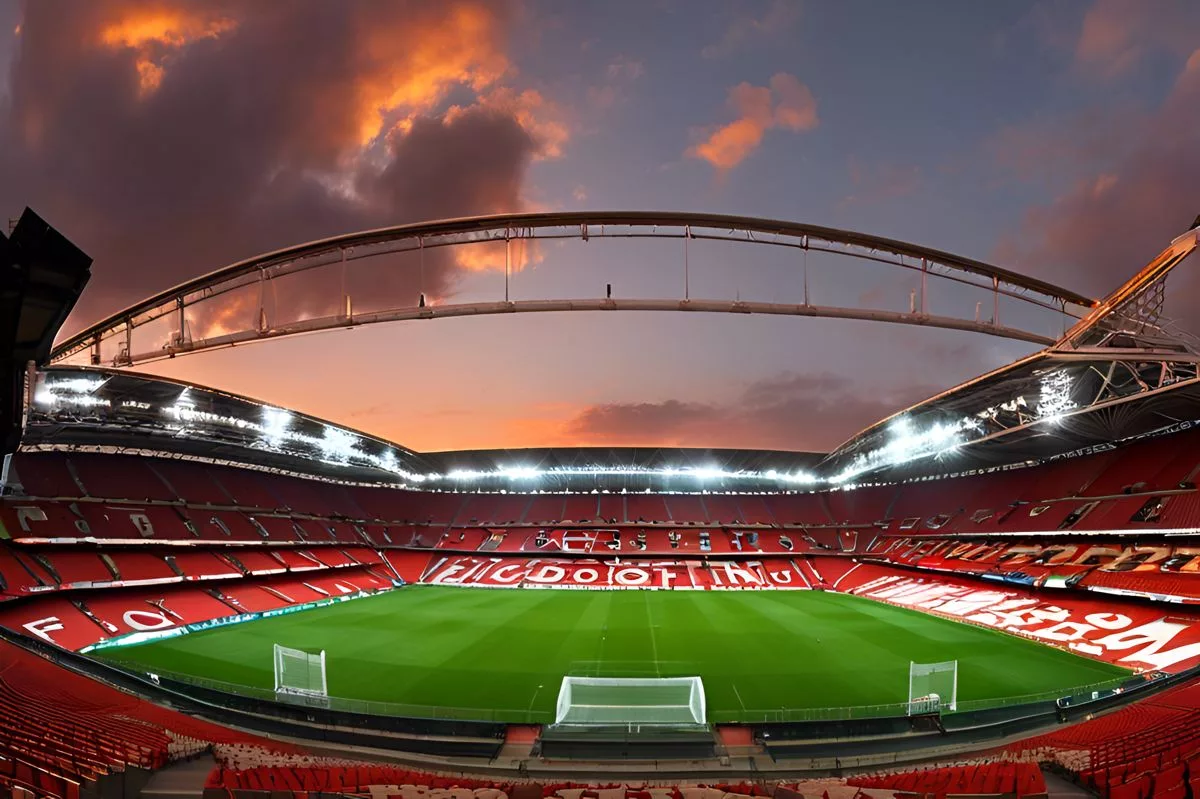Cape Town is excited about its future, especially in the Central Business District (CBD). The city has a new plan called the Local Spatial Development Framework (LSDF) that aims to make the CBD more friendly and lively for everyone. With input from residents, the plan focuses on better transportation, keeping cultural treasures, and creating affordable housing. By working together, Cape Town hopes to build a vibrant place where all people can enjoy life and thrive.
What is Cape Town’s vision for the CBD under the Local Spatial Development Framework?
Cape Town’s Local Spatial Development Framework (LSDF) for the Central Business District (CBD) aims to enhance sustainability and inclusivity through public participation. The framework focuses on improving urban mobility, preserving cultural heritage, and fostering economic resilience, ensuring a vibrant and equitable environment for all residents.
On September 2, 2024, Cape Town took a monumental step forward by revealing the Local Spatial Development Framework (LSDF) tailored for the Central Business District (CBD). This framework opens the doors for public feedback, emphasizing the city’s commitment to shaping its future collaboratively. Residents and key stakeholders are urged to participate in upcoming information sessions, providing an opportunity to engage directly with city officials and voice their ideas and concerns.
The target area includes the vibrant economic core of the CBD, divided into eight distinct precincts: De Waterkant, Convention District, Mid-City, Company Gardens, East Foreshore, Cape Town Station, East City, and Lower Gardens. Each of these precincts boasts unique characteristics, challenges, and potentials, collectively weaving the rich urban tapestry that defines Cape Town.
Eddie Andrews, serving as the City’s Deputy Mayor and Mayoral Committee Member for Spatial Planning and Environment, highlights the necessity of public participation in refining the draft LSDF. The finalized framework will play a crucial role in guiding decisions related to land use, development densities, transportation, and urban design. Additionally, it will steer public investments in infrastructure, ensuring that the CBD evolves into a sustainable, equitable, inclusive, livable, and resilient environment for generations to come.
Historical Context and Urban Planning Shifts
To fully appreciate Cape Town’s current trajectory in urban planning, one must delve into its historical context. Following the end of apartheid, urban policies experienced a transformative shift aimed at redressing spatial inequalities from previous eras. The LSDF is a continuation of this effort, striving to cultivate an inclusive urban landscape that mirrors the democratic ideals of contemporary South Africa.
The vision for the CBD is both ambitious and essential. The LSDF seeks to maximize the CBD’s existing strengths, including its spectacular geographical setting between the Atlantic Ocean and Table Mountain, its rich cultural heritage, and its dynamic atmosphere. These foundational elements will support Cape Town’s goal of developing a more people-focused urban setting.
Examining the Eight Precincts
De Waterkant is renowned for its picturesque cobblestone streets and lively nightlife. Retaining its old-world charm while fostering sustainable growth is a key objective of the LSDF for this precinct. Balancing modern amenities with historical preservation will ensure that De Waterkant remains a unique and desirable destination.
Convention District serves as a bustling hub for business and tourism, housing the Cape Town International Convention Centre. The LSDF aims to enhance this district’s accessibility and functionality, transforming it into a premier global venue for conferences and events.
Mid-City and Company Gardens represent the cultural heartbeat of the CBD. Mid-City, characterized by its busy streets and historical architecture, will benefit from initiatives to improve pedestrian movement and access. Company Gardens, a tranquil green space, will undergo enhancements to strengthen its role as a public haven within the urban landscape.
The East Foreshore and Cape Town Station precincts are vital transportation nodes. The LSDF plans to modernize these areas to meet future needs while preserving their historical significance. By doing so, these precincts will continue to serve as key components of Cape Town’s transportation network.
East City and Lower Gardens embody the residential and artistic essence of the CBD. These precincts will see efforts to promote affordable housing and mixed-use development, fostering a balanced and vibrant community. By encouraging diverse living spaces and creative hubs, the LSDF aims to enrich the cultural and social fabric of the CBD.
Sustainability and Inclusivity as Core Principles
Two guiding principles of the LSDF are sustainability and inclusivity. The framework envisions an urban landscape where development aligns with ecological responsibility. This includes promoting green building practices, advancing public transportation systems, and creating pedestrian-friendly environments. Such initiatives will contribute to a healthier, more sustainable city.
Inclusivity, on the other hand, focuses on the need for affordable housing and equal access to amenities. By supporting mixed-use development, the LSDF aims to create a diverse and dynamic urban fabric where individuals from various backgrounds can thrive. These efforts ensure that the benefits of urban development are shared equitably among all residents.
Emphasizing Public Participation
Public engagement is not merely encouraged; it is deemed essential. The city plans to host several public information days, allowing residents to directly interact with officials, ask questions, and provide feedback. This democratic approach ensures that the LSDF reflects the collective vision and aspirations of Cape Town’s residents, making the planning process a shared endeavor.
Enhancing Urban Mobility
Urban mobility is a critical focus of the LSDF. The framework prioritizes efforts to improve pedestrian access and movement, aligning with global urban planning trends that emphasize walkable environments. Pedestrian-friendly streets not only enhance the quality of life but also stimulate economic vitality by attracting businesses and tourists. This approach underscores the importance of creating a CBD that is accessible and enjoyable for all.
Integrating Art and Culture
Art and culture are essential in shaping the aesthetic and social landscape of urban spaces. The LSDF acknowledges the significance of these elements by emphasizing the preservation and optimization of heritage areas. Cape Town’s diverse cultural heritage, as reflected in its architecture, public spaces, and community art projects, will guide future developments. This initiative resonates with movements like the Arts and Crafts Movement, which advocated for the integration of art into everyday life.
Economic Resilience and Strategic Public Investment
The economic vitality of the CBD is crucial for Cape Town’s overall growth. The LSDF aims to leverage the city’s unique sense of place and rich cultural heritage to drive economic development. A well-planned CBD can attract investments, create job opportunities, and stimulate local businesses. By capitalizing on its natural and cultural assets, Cape Town can position itself as a resilient and globally competitive city.
Public investment in infrastructure forms the backbone of the LSDF. Strategic allocations will ensure the CBD transitions smoothly into a future-ready urban space. This includes upgrading public transportation, enhancing public spaces, and ensuring robust utility services. These investments will not only improve the quality of life for residents but also attract private investments, creating a cycle of growth and prosperity.
Voices from the Community
During the public information days, residents will have the chance to share their stories and visions for the CBD. These narratives provide invaluable insights into the lived experiences of Capetonians. From long-time residents who have witnessed the city’s transformation to newcomers eager to contribute to its future, these voices will shape the final LSDF. Their stories underscore the importance of a people-centered approach to urban planning, where the community’s needs and aspirations take center stage.
Cape Town’s journey toward a sustainable, inclusive, and vibrant CBD is a continuous process. The LSDF represents a significant milestone in this journey, offering a comprehensive roadmap for future development. By fostering public participation, emphasizing sustainability, and promoting inclusivity, the city aims to create an urban environment that reflects its unique identity and aspirations. This collaborative approach ensures that Cape Town’s CBD will be a place where all residents can thrive, now and in the future.
FAQ on Cape Town’s Local Spatial Development Framework for the CBD
What is the Local Spatial Development Framework (LSDF) for Cape Town’s CBD?
The Local Spatial Development Framework (LSDF) is a new plan designed to enhance the sustainability and inclusivity of Cape Town’s Central Business District (CBD). It aims to improve urban mobility, preserve cultural heritage, and foster economic resilience by emphasizing public participation and collaboration among residents and key stakeholders.
How can residents participate in the planning process for the LSDF?
Residents are encouraged to participate through public information days hosted by the city. These sessions provide opportunities for community members to interact directly with city officials, raise questions, and share feedback. This approach ensures that the LSDF reflects the collective vision of Cape Town’s residents.
What are the key principles guiding the LSDF?
The LSDF is guided by two core principles: sustainability and inclusivity. It aims to create an urban landscape that aligns with ecological responsibility, promoting green practices and public transportation, while also ensuring affordable housing and equal access to amenities for all residents.
What are the eight precincts included in the LSDF?
The LSDF focuses on eight distinct precincts within the CBD: De Waterkant, Convention District, Mid-City, Company Gardens, East Foreshore, Cape Town Station, East City, and Lower Gardens. Each precinct has unique characteristics, challenges, and opportunities that the LSDF aims to address while enhancing the overall vibrancy of the CBD.
How does the LSDF plan to improve urban mobility in the CBD?
The LSDF prioritizes improving pedestrian access and movement, creating more walkable environments. This includes enhancing public transportation systems and designing pedestrian-friendly streets to stimulate economic vitality and improve the quality of life for residents and visitors alike.
What role does community input play in the LSDF’s implementation?
Community input is vital to the LSDF’s success. Through shared stories and visions collected during public engagement sessions, the framework will be informed by the lived experiences of Capetonians. This collaborative approach ensures that the planning process addresses the needs and aspirations of all residents, making the CBD a more inclusive space.













